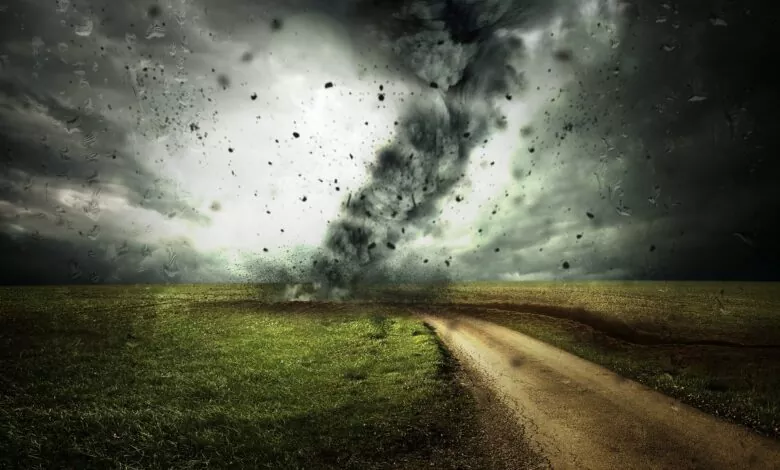Hurricane Local Statement

A hurricane local statement is a weather statement prepared by local weather forecast offices for areas that are affected by hurricanes. These statements usually include details about the expected effects of a hurricane and what to expect in those areas. The statement also includes a forecast of the expected storm surge, tide, rainfall, and marine conditions.
Storm surge flood and tide impacts
Storm surge and flood waters can be a real threat to people in coastal communities, especially in areas where the water table is low. This type of flooding can cause property damage and can even weaken foundations. Luckily, there are things you can do to protect yourself from the effects of a hurricane. First, make sure you’re aware of the hazards of flooding.
The surge caused by a hurricane is one of the biggest threats to life along the coast, as it can wash homes off their foundations, flood riverside communities, and cause sandbags and levees to break. Because hurricanes push huge volumes of water ashore, storm surge often begins as a gradual rise in water level as the storm approaches land. This flooding can last for several hours, but usually subsides after the storm passes.
Rainfall impact
A recent study quantifies the rainfall impacts of hurricanes. It uses data from past hurricane seasons and compares those amounts to hurricane-model rainfall amounts. It also shows that climate change is likely to increase rainfall amounts by 6 to 8%. The findings highlight that climate change may have a substantial impact on rainfall during hurricanes.
Hurricanes can cause severe flooding, and rainfall impacts can be devastating. In the aftermath of a hurricane, people in the area should take precautions to protect themselves. In some cases, residents may have to evacuate. In other cases, they may need to protect their property. The hurricane local statement will include additional details on rainfall, wind damage, and tornado risk.
Marine impacts
Hurricane local statements give the public important information about a hurricane’s impact on land and sea. These statements detail how a hurricane will affect the environment and marine life, and include guidelines for safe travel and watercraft use. They are prepared by the National Weather Service and issued to local counties when a hurricane is predicted to impact the area.
The marine impacts of a hurricane are complex. A hurricane’s storm surge can be over 12 meters high near the coast. The surge will be higher at landfall and fall as the storm moves farther from the center. The surge can extend tens of miles inland.
Coriolis force
Hurricanes are caused by the Coriolis effect, which is the Earth’s rotating reference frame. Coriolis forces are most prominent near the poles, and absent at the Equator. As a result, hurricanes rarely form in the equatorial areas and rarely cross the Equator. The rotation of the Earth’s axis also causes storms to move counterclockwise in the Southern Hemisphere and clockwise in the Northern Hemisphere.
When the Coriolis force occurs, objects moving eastward will be deflected upwards while objects traveling westward will be deflected downwards. The result will be that objects traveling eastward will be lighter and heavier than those traveling westward. This effect is most pronounced near the equator, but can be detected only with specialized instruments.
Coastal impacts
The National Weather Service issues hurricane local statements, which are short descriptions of the expected effects of hurricanes in a certain area. These documents also contain instructions for emergency preparedness and can be very helpful to those living in the affected area. They are typically issued a few hours after a hurricane watch or warning is issued. While they do not contain as much detail as a hurricane warning, they are still important tools to help you prepare for the storm.
A hurricane local statement is published whenever a tropical storm or hurricane is predicted to make landfall in eastern North Carolina. It provides information about the hurricane, its location, and its forecasted path. It also highlights key concerns for eastern North Carolina. Coastal residents should carefully read these statements and prepare accordingly.
read more google scholar




